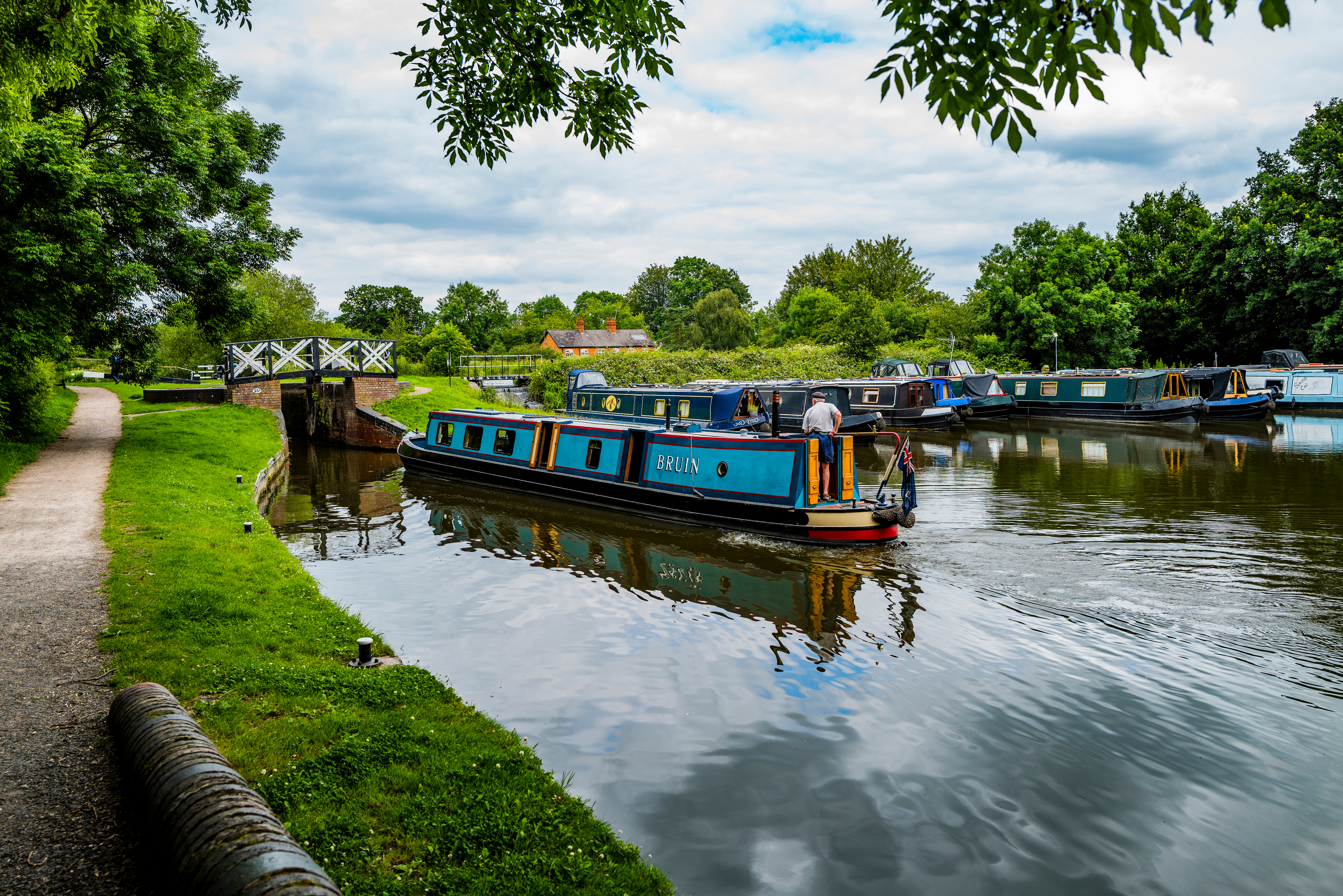
A cornerstone of the UK’s net zero ambitions is the decarbonisation of freight. While the UK’s freight industry is generally considered quite efficient, approximately 80% of goods are moved by road, and it’s estimated that, in 2020, heavy goods vehicles (HGVs) and light vans were responsible for 19% of the UK’s domestic greenhouse gas emissions.
The IOE&IT Daily Update spoke to Logistic UK’s senior policy manager, Alexandra Herdman, to understand the untapped potential of inland waterways as a route to more sustainable freight.
Environmental benefits
The organisation’s campaign to boost UK inland waterway freight stems from the emission-saving potential of the transportation mode. It highlights that waterways only uses 17% of the energy required to move goods by road and 50% of that required for rail freight.
“And these stats are only looking at diesel”, Herdman says, adding that the green transition could yield even greater environmental benefits – though it requires government support:
“When we’re using renewable transport fuels, then obviously that emission-saving is going to be even greater.
“The government needs to define a fuel of the future so businesses know what they should be retrofitting for”.
She explains that “it's very expensive to retrofit an existing vessel from diesel to whichever green fuel becomes standard, so companies will need to be in a position of certainty before they take that step”.
Once this is ironed out, Herdman is optimistic about the potential of water freight to have a significant impact.
“Because it’s so slow – there’s no speed required, which gives us this lovely opportunity to get emissions down further”.
No need for speed?
The tranquil image many of us have of canals – houseboats, countryside and a slower pace of life – doesn’t seem compatible with the fast-paced world of trade.
Will this not be an issue when enlisting inland waterways for transporting goods? Herdman thinks not:
“Generally, goods moved on inland waterways won’t be time-sensitive and that goes for anything that’s being moved by water – goods taking five weeks or ten weeks that are arriving from Europe, from China.
“Inland water freight is better suited to things like aggregates, machinery, wind turbines and generators – goods that can afford to be hauled by a barge because they’re obviously not perishable.”
However, Herdman notes DHL Express’s Thames delivery service bucks this trend. The logistics firm launched a service that moves packages between the Wandsworth and Bankside piers on the Thames in a bid to lower road haulage emissions.
“It’s very impressive: they’ve proven that it is possible to utilise water freight for just-in-time deliveries.”
Making it happen
Asked about the support needed to make the shift towards greater inland waterways use a reality, Herdman singles out the need for infrastructure development, and greater government support:
“You need piers and wharves for the barges and ships to land, and that requires planning permission, and is often a site near residential areas along the river.
“You end up with that typical 'industry versus residents’ issue – especially near the Thames, people don’t want boats landing near their house. They could be the cleanest, quietest boats around, but you often have this resistance.”
It’s not just residential resistance. Herdman describes the “layers of people” involved before work can get started, including the Port of London Authority, Great London Authority and individual borough councils, as well as the Department for Environment, Farming and Rural Affairs (Defra).
Herdman believed it will take “a dedicated, cross-Whitehall team”, as well as a minister for logistics, to see real progress towards getting the necessary infrastructure built.
Greater funding
The reintroduction of Freight Facilities Grants would also help bolster infrastructure along the Thames. Still in place in Wales and Scotland, they were suspended in England in 2010.
Herdman says that Logistics UK members report that they still rely on infrastructure built with grant funds, and notes the impact that funds continue to have in Scotland:
“Thanks to the grant, silos were built in in Kirkcaldy Harbour, and since then over 1 million tonnes of wheat have been transported.
“Often you need that support to get started, and then you can carry on and industry can then do the rest.”
In 2021, the Department for Transport was asked whether there were plans to reinstate the grant in a written question by Lord Bradshaw, a Liberal Democrat peer. Baroness Vere of Norbiton responded that £20m had been allocated to grants supporting a shift to rail and inland waterway freight.
In 2022, the Department for Transport included water freight in its ‘Future of Freight’ plan, progress hailed by other groups supporting the expansion on inland waterways. However, the need for further funding to support this aim was reiterated.



